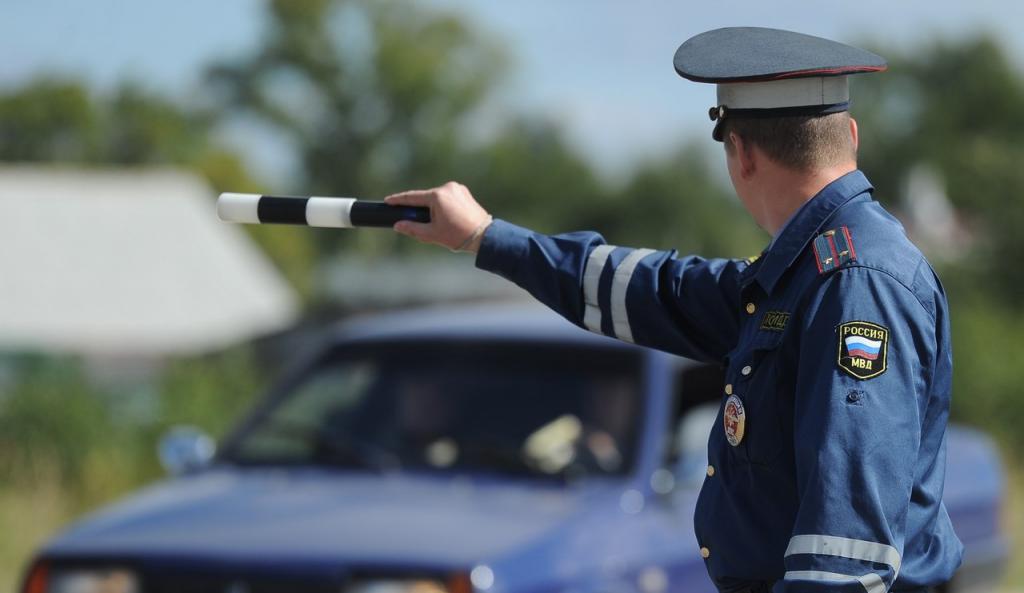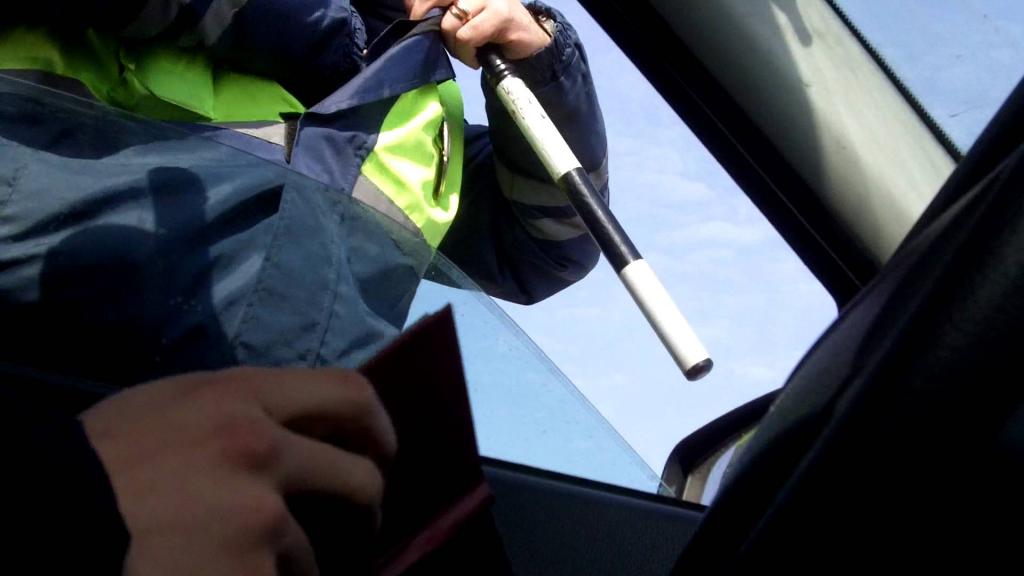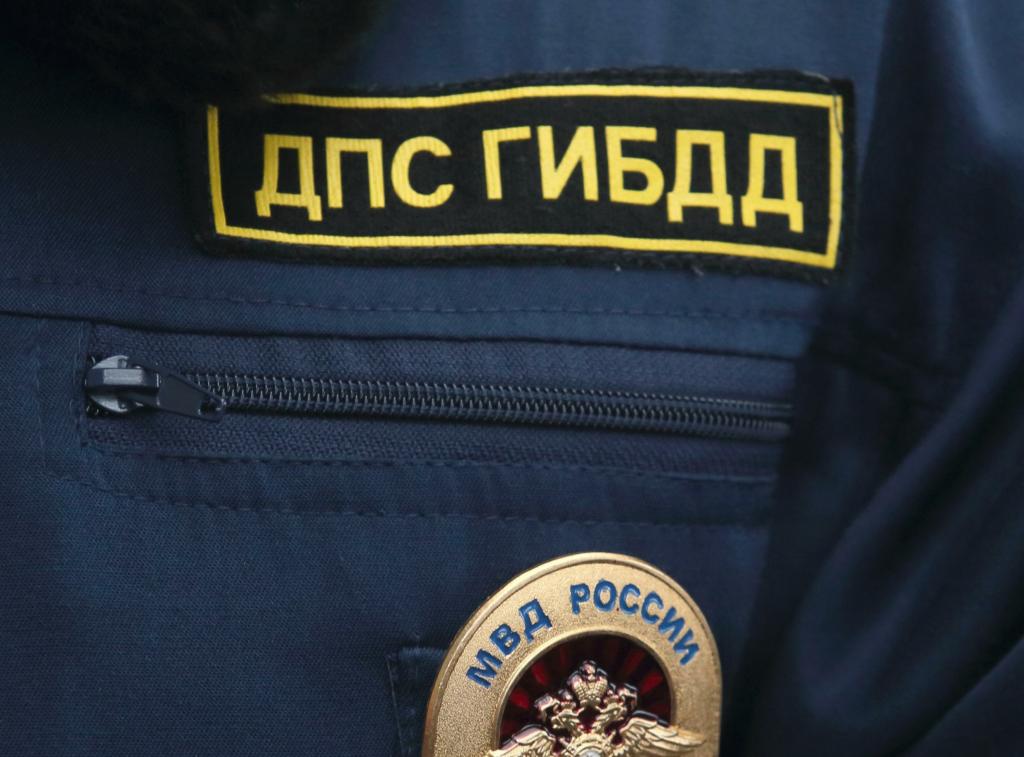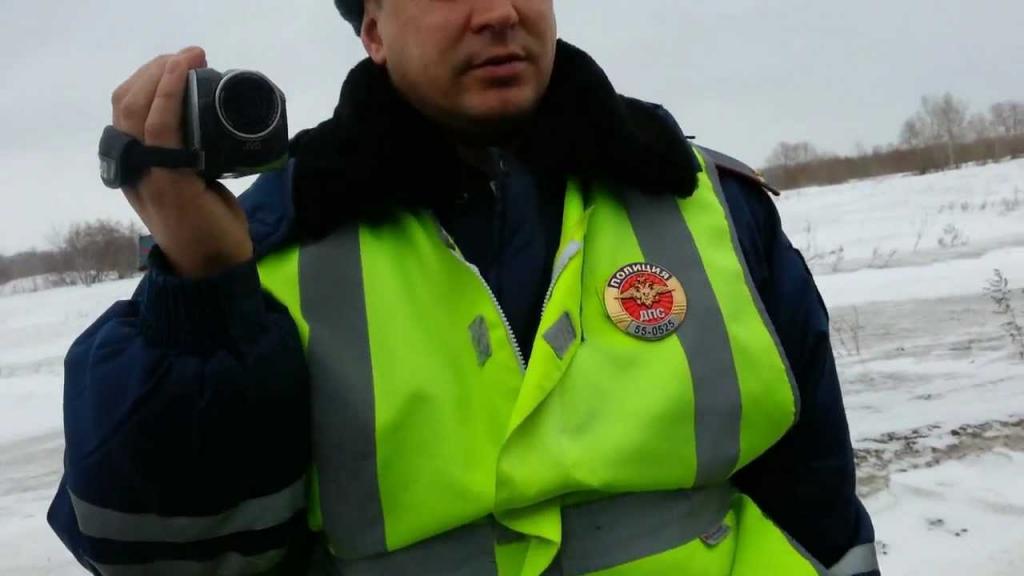Not every car owner can answer the question, what is the administrative regulation of the traffic police. However, it is this document that sets out the rules of conduct for road inspectors. Every year, changes are made there, about which many motorists and professional drivers know almost nothing. In our article, we will consider both innovations and administrative regulations of the traffic police, which were in force earlier.
What is the regulation for?

Unfortunately, not everyone understands why this normative act is needed. In fact, everything is very easy. The administrative regulations of the STSI are a set of job descriptions and rules for traffic inspectors.
It is not so rare to see a situation where the owner of a vehicle is slowed down by a traffic police officer. He comes up, introduces himself and asks for documents. This is an example of communication with the inspector. In such situations, people behave in completely different ways. Someone in a hurry to get rid of the employee, rewarding him with a banknote. Such attempts to establish communication can be accepted favorably. However, some honest employees are indignant at giving money.
Some drivers begin to videotape the conversation with the inspector, thereby trying to prove that the truth is on his side.
There are vehicle owners who start calling a lawyer. Of course, this happens extremely rarely, but it also takes place.
There are many options for the development of the event, but this does not mean that they are all true. It is for such situations that the administrative regulations of the traffic police were developed. The legal act gives clear instructions to the employee on how to communicate with drivers. Until 2017, Order No. 185 was in operation, and now Order No. 664 has been adopted. It was supplemented and improved so that now there are answers to almost all questions.
Let's look at all the innovations and analyze how they will affect the drivers.
Key Points
In Order No. 185 of the administrative regulations of the STSI there are 270 articles, each of which has its own subparagraphs. They explain the duties and rights of traffic inspectors when interacting with pedestrians and drivers during the exercise of the functions of the Ministry of Internal Affairs to ensure road safety.
We list the main issues that the document covers:
- The concept of a road section.
- List of requirements for the appearance of road inspectors.
- Explanations as to who should control road safety.
- The list of powers of road inspectors.
- The procedure for interaction between the traffic police officer and a pedestrian or driver.
- Conditions under which search, inspection and inspection of a vehicle is allowed. The procedure for examining a driver for drugs or alcohol. It also indicates the reasons for stopping the car, as well as cases when the inspector asks the driver to leave the vehicle.
- Determination of the technical means that the inspector should have, the requirements for these means.
- An indication of who oversees the work of road inspectors during the performance of duties. This also includes information about who to complain about the unlawful actions of an employee, as well as a phone number.
It is not yet clear enough what the order of the administrative regulations of the STSI represents, but we will dwell on each moment in more detail.
Appearance

There was a time when drivers and employees often argued on this topic. Now all the debate is over, as the administrative regulations of the Ministry of Internal Affairs of the State Traffic Safety Inspectorate appeared.According to this document, the inspector must be dressed in the prescribed uniform. In addition, it should have a reflective vest on which the traffic police / traffic police is written, and a chest badge with an individual number.
Behavior
The administrative regulation of the State Traffic Safety Inspectorate No. 664 stipulates the rules of conduct for the road inspector. So, after stopping the driver, the service employee must introduce himself in form. What is included here? Position, surname, middle name and first name. Also, a traffic policeman should salute, that is, put his right hand on his cap.
If the driver requires it, the policeman must present his ID. It is precisely about those cases when the owner of the vehicle asked to do so. The rules should not be understood so that the inspector must constantly show everyone his documents. There are also certain nuances here. For example, an employee should keep the certificate open for as long as the driver needs to familiarize himself with what is written there.
The policeman should communicate in a respectful manner for you. A traffic police officer is also not entitled to demand from the driver to accelerate, no matter how legal the requirements may be.
The primary task of the policeman is to let the person recover, overcome stress and start thinking in cold blood.
In the administrative regulations of the traffic police No. 664 it is said that the road inspector can repeat the request several times. But this does not mean that the driver may abuse the patience of the traffic police. One should never forget that fulfilling the requirements of a representative of authority is a direct responsibility of every person.

What is to blame
According to the administrative regulations of the State Traffic Safety Inspectorate of the Russian Federation, the road inspector must explain to the driver the reason why he was stopped. Immediately, the policeman may correctly ask to fulfill the requirements. The driver must understand that the traffic police has the right to record not only the driver himself, but also his car with the help of video and photos. The law does not prohibit the owner of a vehicle from doing the same.
The traffic police administrative regulation No. 664 (2017) defines the rules for communicating with citizens by telephone. It begins in the same manner as a lively dialogue. The only difference is that the employee needs to be told about work in the unit. A policeman is required to consult a civilian on any issue. If the position held does not allow this, then the inspector will direct the person to the official who will help. Moreover, he should help the citizen to contact this person.
Driver Memo
Some motorists believe that the rule of polite communication applies only to inspectors, but this is not so. Drivers should also not forget that they are dealing with a representative of the authorities, so communication on their part should be no less polite.
Those who insult a government official should at least occasionally read various legal documents. For example, in the Criminal Code you can find article 319, according to which a boor behind the wheel will be responsible before the law. Do not hope that the punishment is easy, because such behavior is called a crime against the state, therefore it can lead to imprisonment.
Advantages of the old regulation
What are the advantages of order No. 185 of the administrative regulations of the traffic police of the Ministry of Internal Affairs? Now we will talk about them. These are the provisions:
- The driver may refuse the offer to get into the car of a traffic police officer. This rule helps fight corruption.
- The driver can record all communication with the inspector using video and photos.
- The reasons for the inspection and stopping the machine have strict regulations.
- The car cannot be evacuated if the driver appeared before the start of the movement of the tow truck.
- The traffic inspector cannot withdraw the state number if a protocol is not drawn up.
- The driver has the right to contact the management of the employee in any situation where doubts arise or something is not clear. This applies to the district, local or regional office, whose phones are directly with the inspector.
- The driver can attract a lawyer from the very moment when the traffic police officer begins to draw up a protocol.
Cons of the old regulations

The text of the administrative regulations of the traffic police is designed in such a way that there are practically no minuses for drivers, and those that are available apply to violators of the rules, to people on the federal wanted list, as well as intoxicated or intoxicated. In addition, the minuses of the document relate to those people who are trying to insult the inspector or enter into a fight with him. In short, motorists who honor the law and communicate politely have nothing to fear.
With the help of the document, both parties clearly understand their responsibilities, so the interaction of people is more productive.
What is introduced in the new regulation
What is the difference between order No. 664 of the traffic police administrative regulation and the previous document? Most of the innovations touched on not very important points, but they still deserve attention. It:
- Revision of paragraph 107, in which the word "driver" was replaced by "citizen". What did it give? The road inspector has the right to ask for documents for verification from a pedestrian and even a passenger.
- The changes also affected the punishment of judges. Before, disputes arose very often over the fact that they got drunk behind the wheel, but they were not punished by the police. This happened because the traffic cop could not apply punishment or punishment in a legal sense to a judge. It could only be forced to move without a vehicle in case of intoxication. The fact is that there is a provision according to which only the judicial branch of power can punish judges, as well as prove their guilt. Now the inspector has more authority. This is the only way to influence the violations that people of the inviolable profession sometimes commit.
- Removed the norm of filling the protocol with a conventional ballpoint pen. That is, the inspector can fill out the document with anything, up to a chemical pencil or a goose pen.
As you can see, the administrative regulations of the traffic police of the Ministry of Internal Affairs (Order No. 664) are not without humor, but it mainly concerns insignificant nuances. There were no major changes to the document.
What inspectors are entitled to

In addition to duties, the traffic police officer has certain rights. They are as follows:
- Demand from the violator the cessation of unlawful acts.
- Check not only citizens' identity documents, but also a license from organizations to carry out a particular activity.
- Call people to the police for administrative checks.
- Request any data (personal too) in organizations.
- Patrol in public places and localities. This also includes the other use of means of ensuring public order.
- To disperse the curious in the scene of an accident, crime or crime.
- Execute administrative offenses.
- Deliver and send for a medical examination.
- Apply personal inspection of things of citizens, vehicles and people themselves.
- Stop cars and check documents.
- Hold up cars.
- Capture what is happening with video, audio and photos.
- Use cars of organizations and citizens to suppress crime.
As you see, the new administrative regulation of the traffic police from October 20 gives many rights to the traffic police.
When to stop the car
Article 84 answers this question in detail. The road inspector can stop the car in such situations:
- There are signs of impairment that interfere with safe movement.
- There is an orientation.
- The driver must be interviewed as a witness or witness.
- An employee needs a machine for operational purposes.
- A temporary stop is required to allow special vehicles to pass or to ensure safe traffic.
- It is required to involve the driver as a voluntary assistant.
- Need to check the documents.
When to get out of the car

As mentioned above, the text of the new administrative regulations of the STSI does not affect significant points. However, both the new and the old documents indicate in which cases the driver will have to leave his vehicle.
First of all, the car enthusiast must understand how the inspector speaks: does he demand or asks to leave the salon. If he asks, the driver has the right to both agree and refuse. As for the requirements, you can not leave the salon, if there is no one of the following reasons:
- Inspection of the driver.
- Administrative detention.
The last paragraph is legal only if the person is suspected of committing a criminal offense or administrative offense.
What will happen if you do not obey the employee
Often, drivers refuse to comply with the requirements of the police officer, not realizing that responsibility is provided for this. In particular, the Code of Administrative Offenses (Article 19.3) states that the obstinate driver may be punished not only with a fine, but also with administrative arrest, which can last up to fifteen days.
Important Nuances
We told you almost everything regarding changes to the document. There are still a few points that should not be forgotten:
- The lack of color schemes on the machine used by the inspectors makes protocol writing impossible.
- You can not brake the car in places where, according to the rules of road safety, you can not stop (for example, on the rise). Only in exceptional situations can one step back from this situation.
- You can stop the car if there are technical equipment on it that creates a danger to other participants in the movement.
- During operational activities, the inspector has the right to brake any car to check not only the driver’s identity, but also the cargo that he carries.
- Drivers can call the consultation center and get there comprehensive information on the moment of interest.
Conclusion

We told everything you need to know to the motorist about the Order of the administrative regulations of the traffic police. Often, the media report abuse of authority by traffic police on the road. This is not always true. It happens that drivers behave illegally: they are rude, get into a fight, and do not fulfill the requests and requirements of a government official.
Unfortunately, in our country the attitude towards the police is very biased. People do not perceive the employees of the Ministry of Internal Affairs as heroes who daily risk their lives.
People in uniform take to the roads every day to protect people (pedestrians and car owners) from drunk drivers, criminals, reckless people and other irresponsible elements. Inspectors and other officers of the Ministry of Internal Affairs die in skirmishes because they want to ensure the safety of civilians.
The order of the traffic police administrative regulations was created in order to provide legal protection for vehicle owners from unscrupulous inspectors, and to facilitate the performance of their duties by traffic police officers. This document excludes any interpretation. It clearly and clearly regulates the rights and obligations of road users and traffic police.
